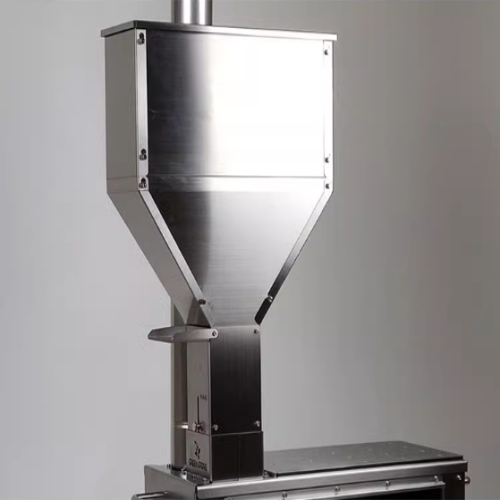Introduction:
When it comes to camping stoves, pellet stoves have gained popularity among outdoor enthusiasts. These stoves offer an efficient and convenient way to heat your camping area and cook meals. One essential component of a camping pellet stove is the pellet hopper. In this article, we'll explore what a pellet hopper is and its crucial role in the functioning of a camping pellet stove. Whether you're a seasoned camper or new to the world of camping stoves, understanding the pellet hopper will enhance your knowledge and make your camping experience even more enjoyable.

1. The Pellet Hopper: A Reservoir of Fuel:
The pellet hopper in a camping pellet stove serves as a reservoir for the fuel source, which is wood pellets in this case. It is typically located at the top or side of the stove and has a capacity to hold a certain amount of pellets. The size of the hopper can vary depending on the specific stove model, but it is designed to provide an adequate supply of fuel for an extended period of time without constant refilling.
One of the key features of a camping pellet stove is its ability to automatically feed pellets into the combustion chamber. The pellet hopper plays a pivotal role in this process. Through a gravity feed system, the pellets stored in the hopper are gradually released and fed into the combustion chamber as needed. This mechanism ensures a steady and efficient delivery of fuel, eliminating the need for manual feeding and allowing campers to focus on enjoying their outdoor activities.
Unlike electric pellet stoves that rely on electricity to power their feeding mechanism, non-electric pellet stoves, such as those offered by SoloWilder, utilize the gravity feed system through the pellet hopper. This design offers campers greater independence and flexibility, as they are not limited by the availability of electricity in remote camping locations. By carrying an ample supply of wood pellets and utilizing the pellet hopper, campers can enjoy the warmth and convenience of a pellet stove without the need for external power sources.
4. Fuel Efficiency: Maximizing Heat Output:
The pellet hopper also contributes to the fuel efficiency of a camping pellet stove. By storing a significant amount of wood pellets, the stove can continuously burn for hours, providing a consistent heat output. This is especially beneficial during cold nights or when cooking multiple meals throughout the day. The efficient delivery of pellets from the hopper to the combustion chamber ensures optimal fuel utilization and minimizes waste, making camping pellet stoves an environmentally friendly heating solution.
5. Easy Maintenance and Cleaning:
Maintaining and cleaning a camping pellet stove is essential for its longevity and performance. The pellet hopper is designed with accessibility in mind, allowing campers to easily remove any remaining pellets or debris. Regular cleaning of the hopper ensures smooth pellet flow and prevents clogs, ensuring the stove operates efficiently. It's recommended to follow the manufacturer's instructions for proper maintenance and cleaning of the pellet hopper to keep your camping stove in optimal condition.
Conclusion:
The pellet hopper is a fundamental component of a camping pellet stove, serving as a reservoir and efficient delivery system for wood pellets. It plays a vital role in providing a steady supply of fuel to the combustion chamber, allowing campers to enjoy the benefits of a non-electric pellet stove. Understanding the functionality and importance of the pellet hopper enhances your knowledge of camping stoves, empowering you to make informed decisions and maximize your camping experience. So, whether you're embarking on a weekend camping trip or a long-distance adventure, a camping pellet stove with a reliable pellet hopper will undoubtedly elevate your outdoor experience.

